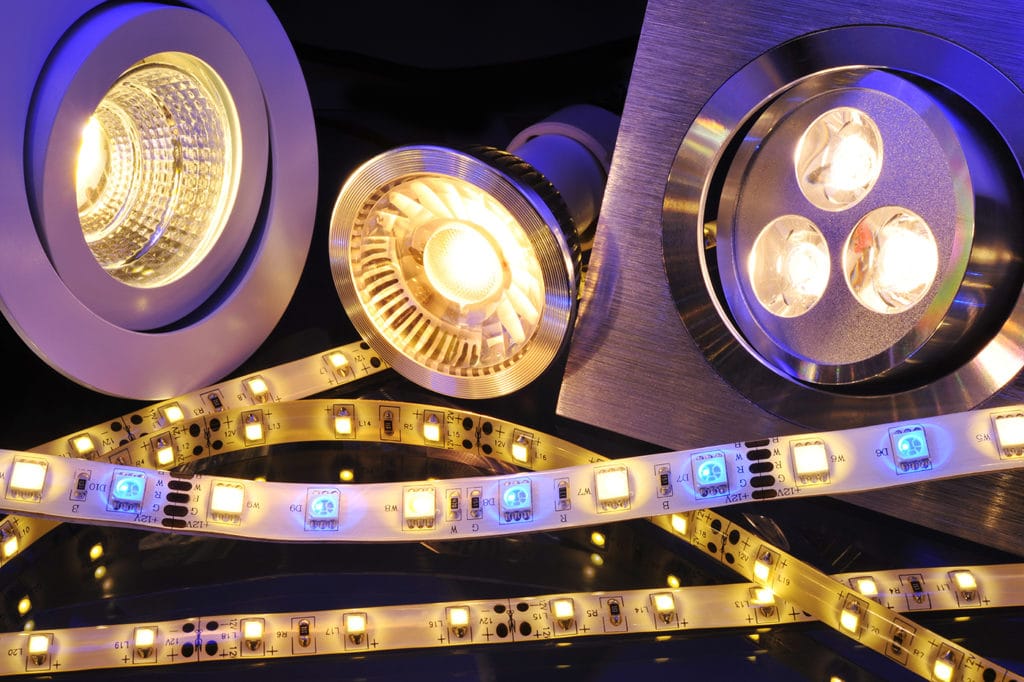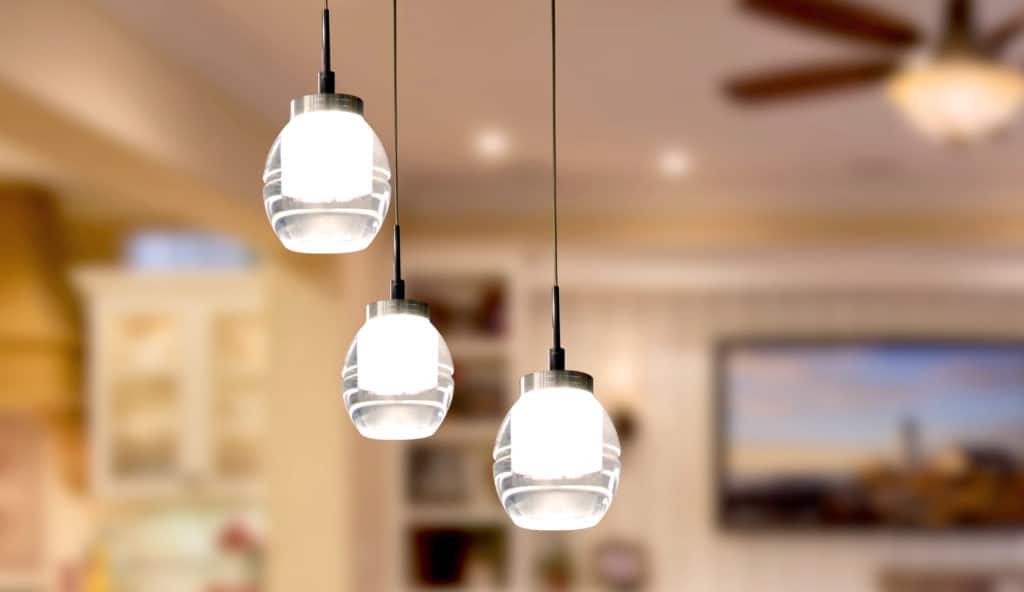Simple Steps to Electricity Efficiency
Since 40- and 60-watt incandescent light bulbs can no longer be manufactured in the United States (as part of the Energy Independence and Security Act of 2007), the rush is on for homeowners to find energy efficient and long lasting lighting alternatives.
LED (Light-Emitting Diode) lighting has become one of the most energy-efficient options on the market. The bulbs use about 80 percent less energy and help save money over time (in both replacement and energy costs) than comparable incandescent bulbs—so much so that the average homeowner would use about 25 incandescent bulbs before just one LED bulb burns out.
Though the upfront cost may be more than most people are used to paying, following these four simple steps will help with the transition to LEDs:
Upgrade your bulbs in phases. Replace burned-out and hard-to-reach bulbs first—like those in vaulted ceilings—along with the bulbs you use the most. It could be decades before you have to borrow your neighbor’s ladder to change a light bulb again and you’ll see the most immediate energy savings by swapping out the fixtures that are turned on for the longest period of time each day.
Choose the right light. Be sure to consider the fixture when choosing the proper LED bulb. Omni-directional lighting provides the widest range of light distribution and is the best choice for any main fixture like vanities, pendant lights, table lamps, ceiling lights and chandeliers. Non-omnidirectional bulbs are best for areas like closets or stairwells where you want a spotlight effect as these have a more limited range of light.
Decide on a soft or bright light. LED bulbs are extremely efficient and will be a part of your home décor for 15-30 years, so you want to create the right ambiance. For rooms that are used primarily for entertaining or relaxing, warm bulbs are a great choice. Their amber tint will give off a cozy, soft white light. Bulbs resembling daylight are perfect for crafting or reading rooms, as they make whites brighter and help if you are concentrating on details because of the bright light they provide. When in doubt, 800 lumens is a good, all-purpose brightness level for most spaces.
Get the best look and longest life from your LED light bulbs. Be sure to get dimmable or 3-way bulbs for fixtures and lamps on these types of switches. And, if you have traditional dimmer switches, you’ll need to update to a Universal Dimmer Switch. The upgrade is usually quick and easy and will regulate the currents to the electronic circuits in an LED bulb so it won’t flicker, hum or burn out prematurely.
For additional lighting tips and advice, visit your neighborhood Westlake Ace and check out Ace’s new video series on LED light bulbs including:
How to Choose LED Light Bulbs…Simplified
The cost of incandescent vs. LED




